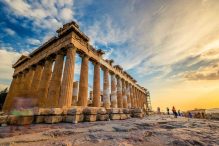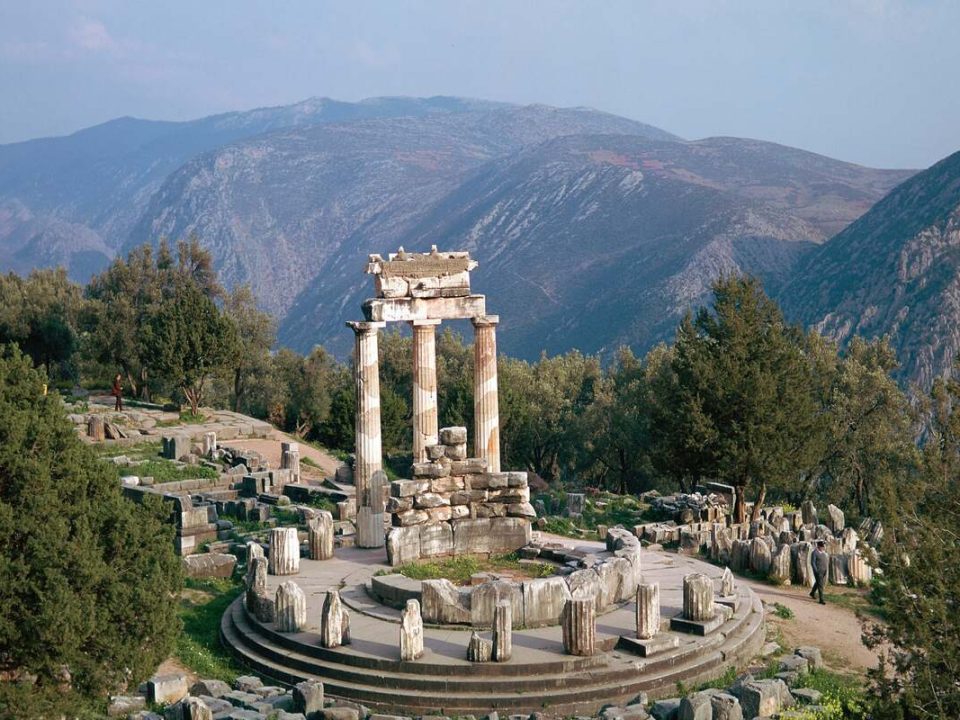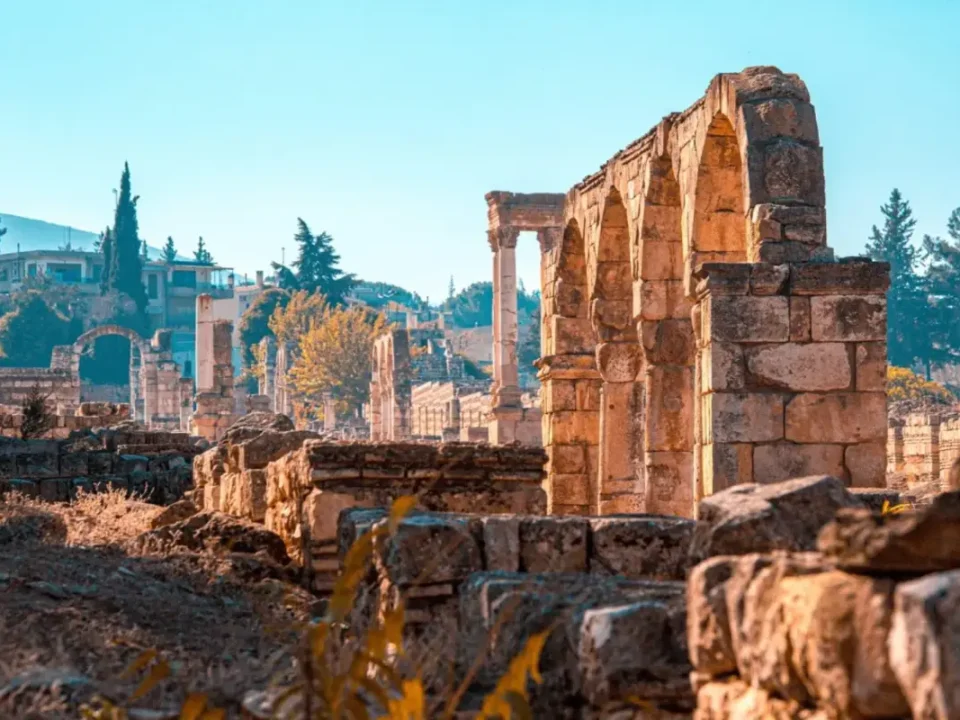The Acropolis of Athens: A Timeless Symbol of Ancient Greece
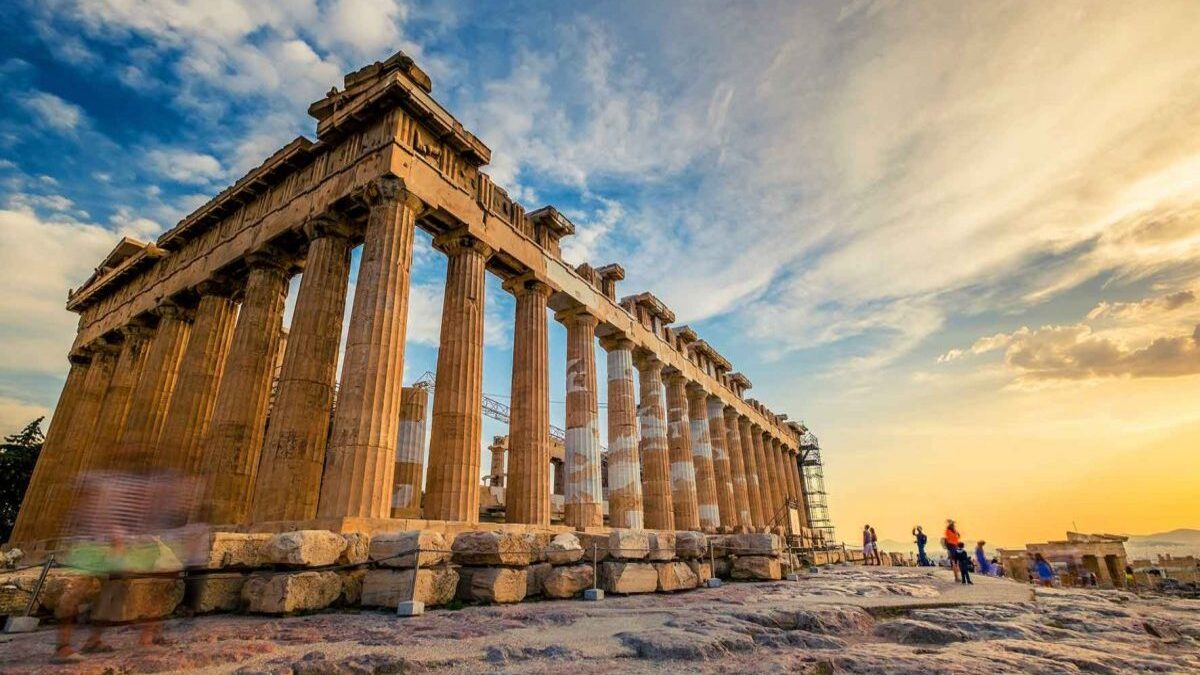
The Acropolis of Athens: A Timeless Symbol of Ancient Greece
The Acropolis of Athens: A Timeless Symbol of Ancient Greece
The Acropolis of Athens, perched high on a rocky outcrop above the city, is one of the most iconic and historically significant landmarks in the world. Known as the cradle of Western civilization, the Acropolis is a testament to the artistic and architectural prowess of ancient Greece. This UNESCO World Heritage Site attracts millions of visitors annually, offering a glimpse into the grandeur of classical antiquity. This comprehensive article explores the history, architectural significance, cultural impact, and tourist appeal of the Acropolis of Athens, providing a detailed guide for anyone interested in this majestic landmark.
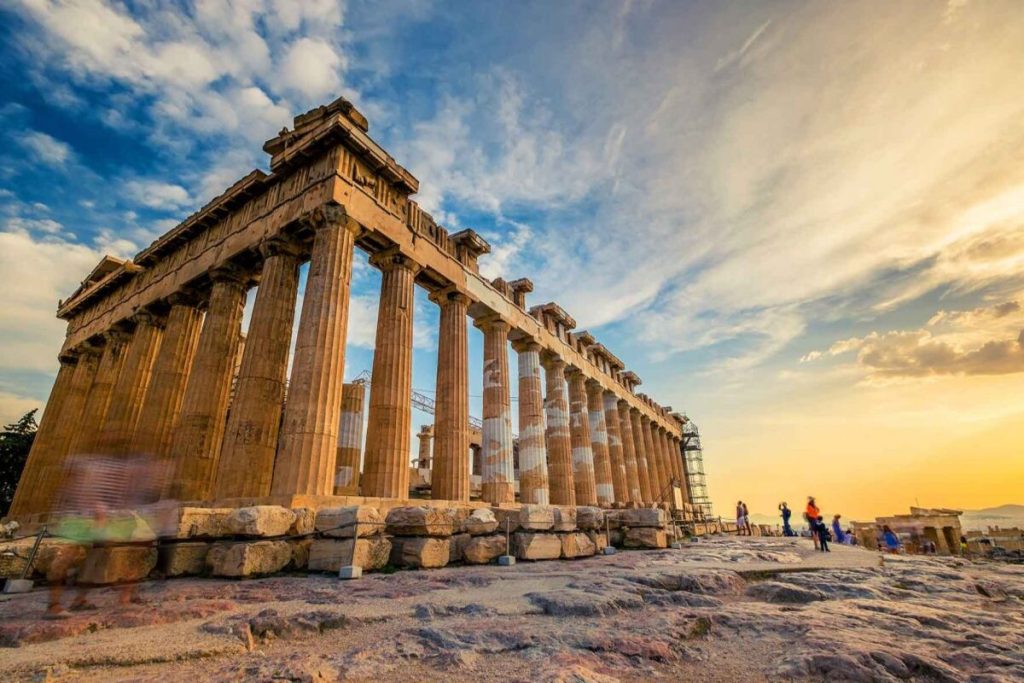
Historical Background of the Acropolis
Origins and Early History: The word “Acropolis” is derived from the Greek words “akron” (highest point) and “polis” (city). The Acropolis of Athens has been a significant site since Neolithic times, with evidence of habitation dating back to the fourth millennium BCE. Its strategic location made it a natural fortress and a center of religious and political activity.
Mycenaean Period: During the Mycenaean period (circa 1600-1100 BCE), the Acropolis served as a fortified citadel and the residence of the local ruler. The remnants of the Mycenaean walls can still be seen on the north side of the Acropolis.
Archaic Period: In the Archaic period (circa 800-480 BCE), the Acropolis began to take on its role as a religious center. Several temples and statues dedicated to various gods and goddesses were constructed. The most notable structure from this period is the Hekatompedon, a large temple dedicated to Athena, the patron goddess of Athens.
Classical Period: The most significant transformation of the Acropolis occurred during the Classical period (circa 480-323 BCE), particularly in the fifth century BCE under the leadership of Pericles. This era saw the construction of the Parthenon, the Erechtheion, the Propylaia, and the Temple of Athena Nike. These structures were designed to celebrate the glory of Athens and its patron goddess, Athena.
Architectural Marvels of the Acropolis
The Parthenon: The Parthenon is the most famous and imposing structure on the Acropolis. Constructed between 447 and 432 BCE, it was designed by the architects Iktinos and Kallikrates and sculpted by Phidias. The Parthenon is a Doric temple with a rectangular floor plan, featuring eight columns on the façade and seventeen on the sides. The temple housed a massive statue of Athena Parthenos, made of gold and ivory.
- Architectural Significance: The Parthenon exemplifies the principles of classical Greek architecture, including harmony, proportion, and balance. Its optical refinements, such as the slight curvature of the columns and the upward tilt of the base, create an illusion of perfection.
- Sculptural Decorations: The Parthenon’s sculptural decorations include the metopes, the frieze, and the pediments. The metopes depict scenes from Greek mythology, such as the battle between the Lapiths and the Centaurs. The frieze represents the Panathenaic procession, a religious festival in honor of Athena. The pediments illustrate the birth of Athena and her contest with Poseidon for the patronage of Athens.
The Erechtheion: The Erechtheion, constructed between 421 and 406 BCE, is an elegant and complex temple dedicated to Athena and Poseidon. It is renowned for its unique architectural features and asymmetrical design, which accommodates the uneven terrain of the Acropolis.
- The Caryatids: One of the most distinctive elements of the Erechtheion is the Porch of the Caryatids, where six draped female figures serve as supporting columns. These statues, known as Caryatids, are masterpieces of ancient Greek sculpture.
- Sacred Sites: The Erechtheion incorporates several sacred sites, including the tomb of Kekrops, the mythical king of Athens, and the sacred olive tree believed to have been planted by Athena.
The Propylaia: The Propylaia is the monumental gateway to the Acropolis, designed by the architect Mnesikles and constructed between 437 and 432 BCE. The Propylaia features a central building with a Doric façade and two wings, creating an impressive entrance to the sacred precinct.
- Architectural Innovation: The Propylaia’s design is notable for its innovative use of space and light. The central building’s interior is divided by a series of columns, creating a grand and airy vestibule.
The Temple of Athena Nike: The Temple of Athena Nike, constructed between 427 and 424 BCE, is a small but elegant Ionic temple dedicated to Athena as the goddess of victory. It stands on a bastion at the southwest corner of the Acropolis, overlooking the entrance.
- Frieze and Sculptures: The temple’s frieze depicts scenes of victory and the gods’ involvement in human affairs. The most famous sculpture from the temple is the Nike Adjusting Her Sandal, a delicate and graceful figure.
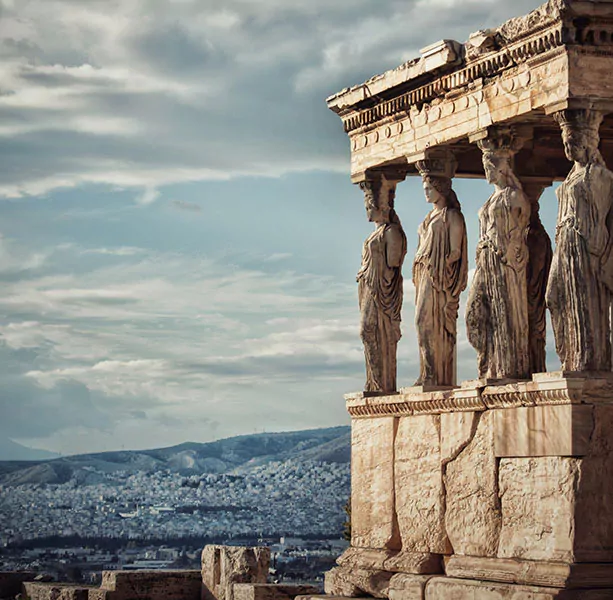
Cultural and Historical Significance
Symbol of Athenian Democracy: The construction of the Acropolis monuments during the Classical period coincided with the height of Athenian democracy. The Acropolis became a symbol of the city’s political power, cultural achievements, and intellectual pursuits.
Religious Center: The Acropolis was the religious heart of Athens, dedicated primarily to Athena. It was the site of important religious festivals, rituals, and offerings, reinforcing the connection between the city and its patron goddess.
Cultural Legacy: The Acropolis has had a profound influence on Western art and architecture. Its principles of design, proportion, and aesthetics have inspired countless structures throughout history, from Renaissance buildings to modern-day landmarks.
UNESCO World Heritage Site: In 1987, the Acropolis was designated a UNESCO World Heritage Site, recognizing its outstanding universal value. The designation highlights the Acropolis’s significance as a cultural and historical landmark and ensures its preservation for future generations.
Tourist Appeal of the Acropolis
The Acropolis is one of the most visited tourist attractions in Greece, drawing millions of visitors each year. Its historical significance, architectural beauty, and panoramic views make it a must-visit destination. Here are some key reasons why the Acropolis is a top tourist attraction:
Historical Significance: The Acropolis offers a unique opportunity to explore the remnants of ancient Greek civilization. Visitors can walk in the footsteps of philosophers, statesmen, and artists who shaped Western thought and culture.
Architectural Beauty: The Acropolis’s monuments are masterpieces of classical architecture. The Parthenon, with its majestic columns and sculptural decorations, is a highlight, while the Erechtheion’s Caryatids and the Propylaia’s grand entrance add to the site’s architectural allure.
Panoramic Views: The Acropolis provides stunning views of Athens and the surrounding landscape. From the top, visitors can see landmarks such as the Temple of Olympian Zeus, the Ancient Agora, and Mount Lycabettus.
Cultural Experience: Visiting the Acropolis offers a deep dive into Greek culture and history. The Acropolis Museum, located nearby, houses an extensive collection of artifacts and sculptures from the site, providing further context and insights.
Educational Value: The Acropolis is a valuable educational resource for students, historians, and enthusiasts of ancient history. Guided tours and informational panels offer detailed explanations of the site’s history, architecture, and significance.
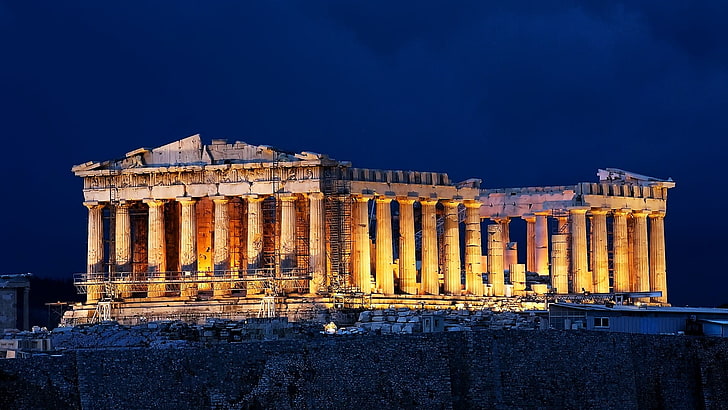
Practical Tips for Visiting the Acropolis
To make the most of your visit to the Acropolis, consider the following practical tips:
Plan Ahead: The Acropolis is open to visitors year-round, but it’s essential to check the opening hours, which can vary depending on the season. To avoid long lines, purchase tickets online in advance.
Best Time to Visit: The Acropolis can get crowded, especially during peak tourist season (June to September). Visiting early in the morning or late in the afternoon can help you avoid the busiest times. The site is also less crowded during the off-season (October to April).
Dress Appropriately: Wear comfortable shoes, as the terrain can be uneven and slippery. The Acropolis is an outdoor site with limited shade, so bring a hat, sunscreen, and plenty of water, especially during the summer months.
Guided Tours: Consider joining a guided tour to enhance your experience. Knowledgeable guides can provide detailed information about the history, architecture, and significance of the Acropolis monuments.
Respect the Site: The Acropolis is a protected archaeological site. Visitors are expected to respect the monuments and adhere to guidelines, such as not touching the structures and staying within designated areas.
Combine with Other Attractions: The Acropolis is centrally located in Athens, making it easy to visit other nearby attractions. Consider exploring the Acropolis Museum, the Ancient Agora, the Roman Forum, and the Plaka district to get a comprehensive understanding of Athens’s history and culture.

Unique Features and Charming Aspects of the Acropolis
The Acropolis’s charm lies in its blend of historical significance, architectural beauty, and cultural depth. Several aspects make the Acropolis a unique and captivating destination:
Architectural Masterpieces: The monuments of the Acropolis are among the finest examples of classical Greek architecture. The Parthenon’s Doric elegance, the Erechtheion’s unique design, and the Propylaia’s grand entrance create a harmonious ensemble that epitomizes the ideals of classical beauty.
Historical Layers: The Acropolis’s long history, from its Neolithic origins to its classical zenith, offers a fascinating glimpse into the evolution of ancient Greek civilization. Each monument reflects
a different aspect of Athens’s political, religious, and cultural life.
Cultural Symbolism: The Acropolis symbolizes the intellectual and artistic achievements of ancient Greece. It represents the values of democracy, philosophy, and artistic excellence that have shaped Western civilization.
Panoramic Vistas: The Acropolis’s elevated position provides breathtaking views of Athens and the surrounding landscape. The panoramic vistas enhance the sense of awe and wonder that the site inspires.
Spiritual Resonance: The Acropolis has a spiritual resonance that transcends its historical and architectural significance. It remains a place of reverence and inspiration, where visitors can connect with the legacy of ancient Greece.
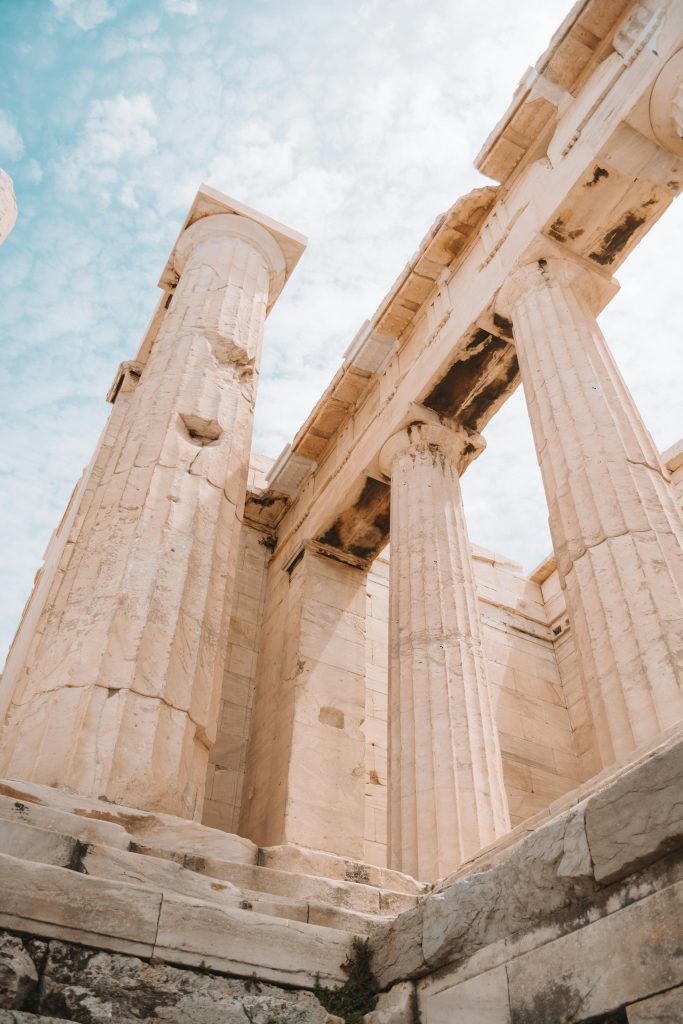
Conclusion
The Acropolis of Athens is a timeless symbol of ancient Greece, representing the pinnacle of classical art, architecture, and culture. Its majestic monuments, rich history, and enduring legacy make it one of the most significant and captivating landmarks in the world.
As a must-visit destination, the Acropolis offers a wealth of experiences for visitors. Whether you are exploring its architectural masterpieces, learning about its historical significance, or simply soaking in the panoramic views, the Acropolis provides a deep connection to the past and a glimpse into the grandeur of classical antiquity.
Plan your visit to the Acropolis, embrace its historical and cultural significance, and discover why it remains one of the most beloved and awe-inspiring landmarks in the world. From its grand monuments and architectural beauty to its panoramic vistas and cultural resonance, the Acropolis invites you to experience the magic and majesty of ancient Greece.
-
The Acropolis of Athens: A Timeless Symbol of Ancient Greece
The Acropolis of Athens: A Timeless Symbol of Ancient Greece The Acropolis of Athens, perched high on a rocky outcrop above the city, is one of […]
thecoins24 Bitcoin News Cryptocurrency airdrop theforex24 Forex News Aypa Group Aypa Website developer Aypa SEO
italyeducation تحصیل در ایتالیا تحصیل رایگان در ایتالیا پذیرش تحصیلی در ایتالیا دانشگاه های ایتالیا بورسیه تحصیلی ایتالیا Aypa Digital Marketing Forex Calculator

